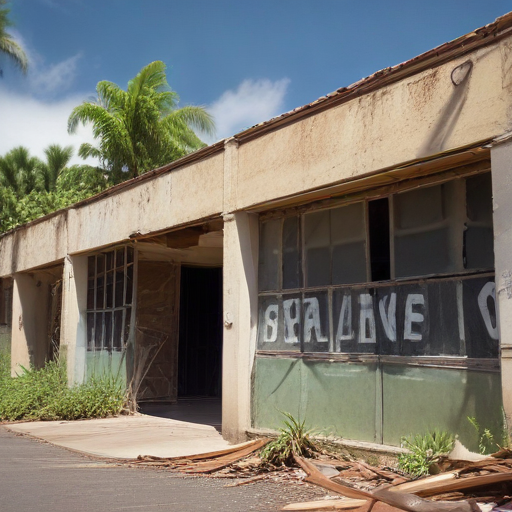Elected officials in Hawaii are under increasing pressure to devise a revised budget proposal for the second year of the biennium, particularly in light of potential cuts to federal funding that could significantly impact the state’s public education system. This concern has become even more pronounced due to the Project 2025 policy platform proposed by the Heritage Foundation, which includes plans to dismantle the U.S. Department of Education (USDOE). The elimination of this agency would pose serious risks to the financial stability of Hawaii’s schools, particularly affecting vulnerable students.
Hawaii currently receives approximately $200 million each year from USDOE-administered programs, which are essential for various educational initiatives, including special education and programs aimed at career readiness. Without these federal funds, the state’s educational system could face dire financial repercussions, disproportionately impacting economically disadvantaged communities.
An examination of specific funding sources reveals just how critical federal assistance is to Hawaii’s educational landscape. Title I funding, which supports schools in low-income areas with annual contributions of about $60 million to $70 million, plays a vital role in enhancing resources and reducing class sizes in disadvantaged neighborhoods. Without Title I funding, schools in areas such as Waianae and Kalihi would have to make severe cutbacks, exacerbating existing disparities.
Furthermore, special education programs rely heavily on the Individuals with Disabilities Education Act, which provides between $50 million and $60 million annually. The potential loss of these funds threatens the state’s ability to provide adequate services and resources for students with disabilities, challenging compliance with federal laws that protect their right to education.
In addition, about $50 million in annual Impact Aid helps fund schools near military installations, a vital resource for educational facilities serving high populations of military families. These schools would face significant shortages without this financial support, ultimately affecting both military and civilian families.
The Native Hawaiian Education Act, which allocates $30 million each year, plays a key role in preserving Hawaiian language and culture within the public school system. Losing this funding would not only affect Native Hawaiian students but also hinder efforts to maintain the cultural heritage that enriches the entire community.
Career and Technical Education (CTE) programs also stand to suffer. Currently supported by USDOE grants, these programs equip students with skills for in-demand jobs in sectors such as health care and renewable energy. Their elimination would limit opportunities for students from rural and low-income backgrounds, further complicating their paths to economic success.
Overall, if the USDOE were to disappear, Hawaii’s public education system could lose nearly $200 million each year, creating a fiscal predicament that the state could struggle to manage. This situation is particularly alarming at a time when schools are already grappling with rising costs, teacher shortages, and pressing needs related to facility updates.
The future landscape of education in Hawaii necessitates immediate action from state leaders, including the governor and the Board of Education. It is crucial for these officials to begin devising strategies to allocate state funds that can replace the anticipated loss of federal funding. By taking proactive steps now, Hawaii can better ensure that its students continue to receive the quality education they deserve, regardless of shifting federal policies.
In light of these challenges, there is an opportunity for Hawaii to reinforce its commitment to education. By prioritizing state-level funding and strategic planning, the state can create a resilient educational framework that fully supports its children, effectively shielding them from the uncertainties of federal financial aid. By investing in their future, Hawaii can affirm the principle that every child, regardless of background, deserves a bright and promising educational journey.
